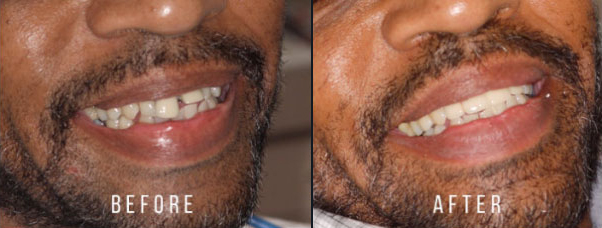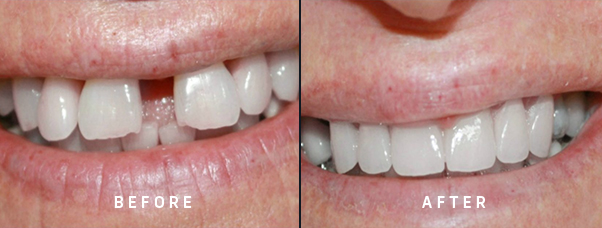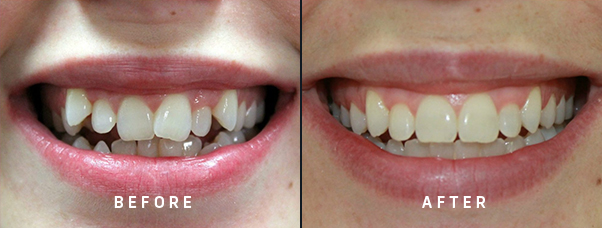
Tooth Decay-Dental Caries
Cracked tooth/Trauma
Gum Disease
Tooth wear out like attrition or abrasion
Prophylactic
Severe Sensitivity
Once the pulp is infected or dead, if left untreated, pus can build up at the root tip in the jawbone, forming an abscess. An abscess can destroy the bone surrounding the tooth and cause pain.
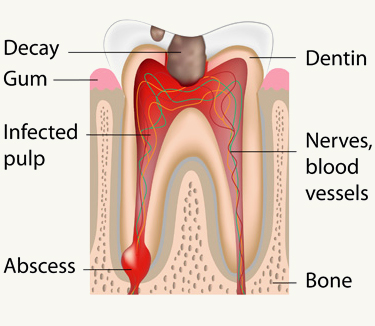
The endodontist examines and x-rays the tooth, then administers local anesthetic. After the tooth is numb, the endodontist may place a small protective sheet called a “dental dam” or cotton rolls over the area to isolate the tooth and keep it clean and free of saliva during the procedure.
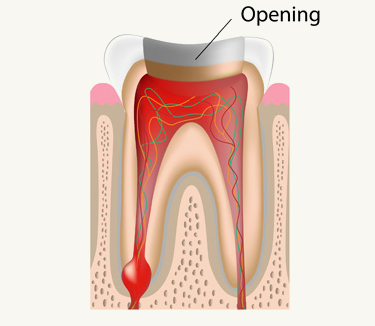
The endodontist makes an opening in the crown of the tooth. Very small instruments are used to clean the pulp from the pulp chamber and root canals and to shape the space for filling.
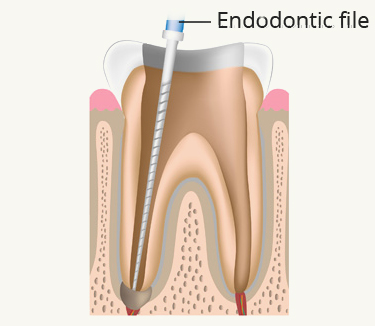
After the space is cleaned and shaped both mechanically and chemically.
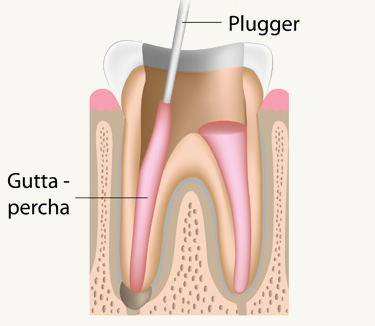
The endodontist fills the root canals with a biocompatible material, usually a rubber-like material called gutta-percha. The gutta-percha is placed with an adhesive cement to ensure complete sealing of the root canals. In most cases, a temporary filling is placed to close the opening.
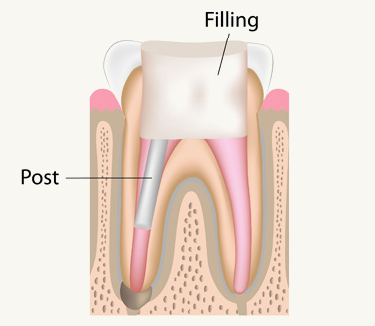
The temporary filling is removed by before the tooth is restored. The access cavity is filled with a hard restorative material usually a composite resin based core material and may be furher reinforced with a mettallic pin called post.
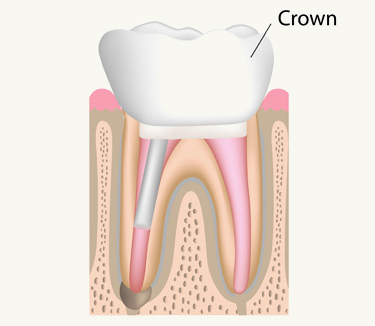
After the final visit with your endodontist, you must return to your dentist to have a crown or other restoration placed on the tooth to protect and restore it to full function.
